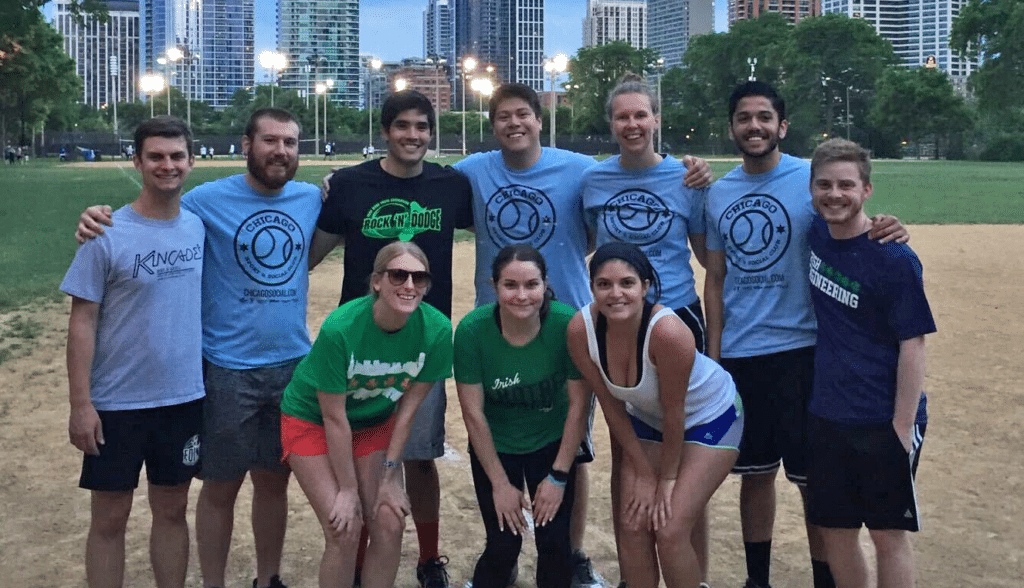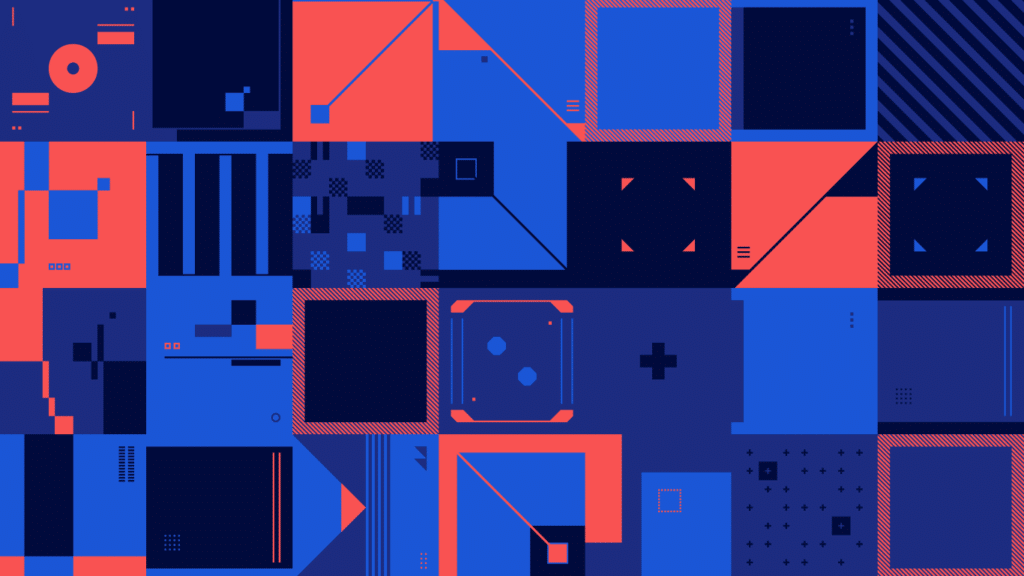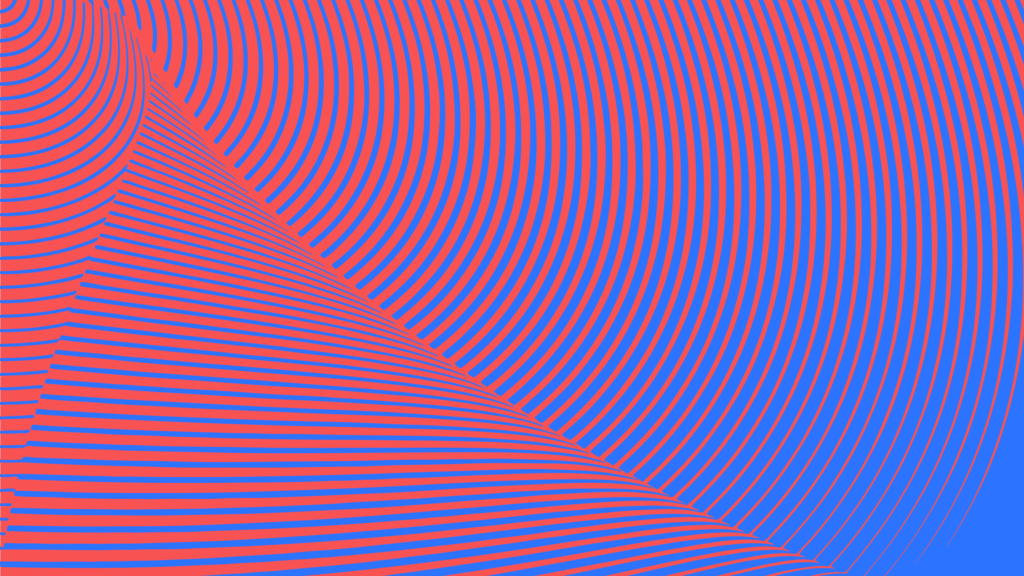When I first read about the prominent digital artist Beeple selling a non-fungible token, or NFT, of a digital image called “Everydays: The First 5000 Days” back in March for $69 million, I thought there must be something really special about that token, like exclusive access or interactivity with the art that no one else could obtain. Why else would MetaKovan, the pseudonymous buyer of the NFT, pay a record price for it? Of course, the NFT conferred no exclusive rights or access at all; MetaKovan paid $69 million for what amounted to a hyperlink to an image anyone could Google on their own.
Despite this controversial purchase, the Beeple NFT sale was a watershed moment for NFTs and blockchain technology. In early August, The Block reported that weekly NFT trading volume surpassed $300 million for the first time, a 70% increase from mid-July. I’ve spoken to many clients and colleagues about this topic, and a common theme keeps emerging: where is this all going? In this article, I’ll give a primer on NFTs, providing historical context and an honest assessment of the current state beyond the hype. Finally, I’ll describe the real promise of NFTs and how they might be utilized in the future.
What is an NFT?
The proliferation of blockchain technology established the concept of a “token” to transfer value. Most of us associate tokens with cryptocurrencies like Bitcoin or Ether. These are considered fungible tokens — each individual token is interchangeable and indistinguishable from its counterparts. An equivalency in the real world is the US dollar — when I buy an ice cream for my son, the merchant doesn’t care which individual piece of paper I give him as long as it represents a dollar.
NFTs are the opposite — each token is unique. These tokens are not interchangeable; each one represents an individual entity with specific attributes. A real-world equivalency is baseball trading cards. While they are all cards, each one represents a specific player with unique attributes.
What makes NFTs so interesting is they can be created to represent anything from the digital and physical world. That is why NFTs get associated with the metaverse because they can link the virtual world to our physical world.
When I buy an NFT, I own what the NFT represents, right?
Some people confuse ownership of an NFT with ownership of the item the NFT represents. This is not true. Owning an NFT generally gives you the copyright to the token itself, not any underlying rights or IP to the item the NFT represents. When MetaKovan bought the NFT for Beeple’s digital art, he did not obtain the digital rights to the artwork itself, he simply owns the rights to the token.
NFTs may be set up to confer certain rights and terms to the underlying asset. For example, an NFT can allow for unlimited personal use of the asset or the ability to make merchandise that displays the asset. However, these rights are often not embedded in the NFT itself, rather they are governed by good old-fashioned IP law. The popular NBA Top Shot platform uses an NFT License to govern what rights an NFT holder has, but any copyright disputes would be settled off-chain in a courtroom.
A brief history
NFTs hit the mainstream in 2021, but they have been around for several years. Before they were called NFTs, many people referred to them as digital objects or digital collectibles. Companies like Blockv and Greenfence pioneered the concept of interactive digital objects sponsored by companies and owned by individuals. The most talked-about use case back then was the potential of interacting with and trading virtual goods obtained in video games outside of the gaming environment.
Then in 2017, a Canadian company called Dapper Labs developed a blockchain game called CryptoKitties that allowed users to purchase, breed, and sell virtual cats. It exploded in popularity and was the first mainstream breakthrough for NFTs. The game was so successful that it caused significant congestion and skyrocketing fees on the Ethereum network.
Our present
After the CryptoKitties craze, NFTs went dormant for a few years but they came roaring back in early 2021 with the Beeple sale. All of a sudden, NFTs were everywhere, with record sales for tokens across multiple platforms as excitement turned into a speculative bubble. Despite the volatility over the last four months, investments and activity have reached a record pace. Dapper Labs raised $305 million at a valuation of $2.6 billion, and they moved on from CryptoKitties to build and run the highly popular NBA Top Shot NFT program. Large NFT marketplaces like OpenSea and Rarible have secured sizeable investment rounds, with OpenSea raising $100 million at a $1.5 billion valuation. Finally, a company named Axie Infinity burst on the scene with a hugely successful play-to-earn crypto game that lets players breed, raise and battle digital animals called “Axies”.
Current NFTs are mostly representations of digital assets like images, music, art, and videos. The majority of NFT trading volume is from CryptoPunks, a digital art project running on Ethereum that mints special avatars. Browsing OpenSea is a great way to discover interesting digital collectibles, virtual goods, and even domain names for sale. Marvel just released their first NFTs on the ZeZe marketplace, a set of exclusive Spiderman images.
Future possibilities
When it comes to the future of NFTs, we’ve only scratched the surface. Exclusivity and scarcity are the main demand drivers for today’s NFTs, but the possibilities are endless because NFTs are programmable. This enables them to be interactive and adaptive in creative ways. In the case of CryptoKitties, users are able to combine two unique NFTs (breed two digital cats) to create a new, more exclusive object. Once something is programmable, anything becomes possible.
How might NFTs be programmed? Here are some examples:
- Changing NFT attributes based on real-world events
- Redeeming NFTs for real-world items
- Using NFTs to unlock levels in an online game
- Providing utility in the Metaverse
- NFTs with embedded rights and ownership of the underlying asset
With this in mind, let’s envision a few scenarios for programmable NFTs:
New forms of storytelling
Media & Entertainment companies could take advantage of NFTs to create entirely new ways of telling stories. Imagine if users could create their own adventure by finding clues in a TV show for hidden NFTs, which allows the token holders to choose how a story should unfold and how characters should develop. These NFTs could unlock access to exclusive videos that take the character down the road the user chooses.
Redefining loyalty programs
Companies with loyalty programs could create “interactive points”—earned or purchased NFTs that can auto-redeem based on geo-location to unlock new and exclusive offers. The greater the loyalty, the more accessible and redeemable these special “points” become.
Personalizing customer relationships
Imagine if beverage companies put a new twist on “twist-off” prizes. Consumers could get a QR code on a drink label that puts an NFT in their wallet. These special NFTs could be “merged” with their friends’ NFTs in social settings to unlock group prizes available to each participating consumer.
While the NFT market continues its speculative bubble-like behavior, many people will approach this technology with skepticism. But once the hype fades and we pass the inevitable “trough of disillusionment”, new innovations will emerge as more companies realize the possibilities of programmable NFTs. Will you find ways to take advantage? The time is now.
This article was originally published on Chad Hahn’s Medium page.
















